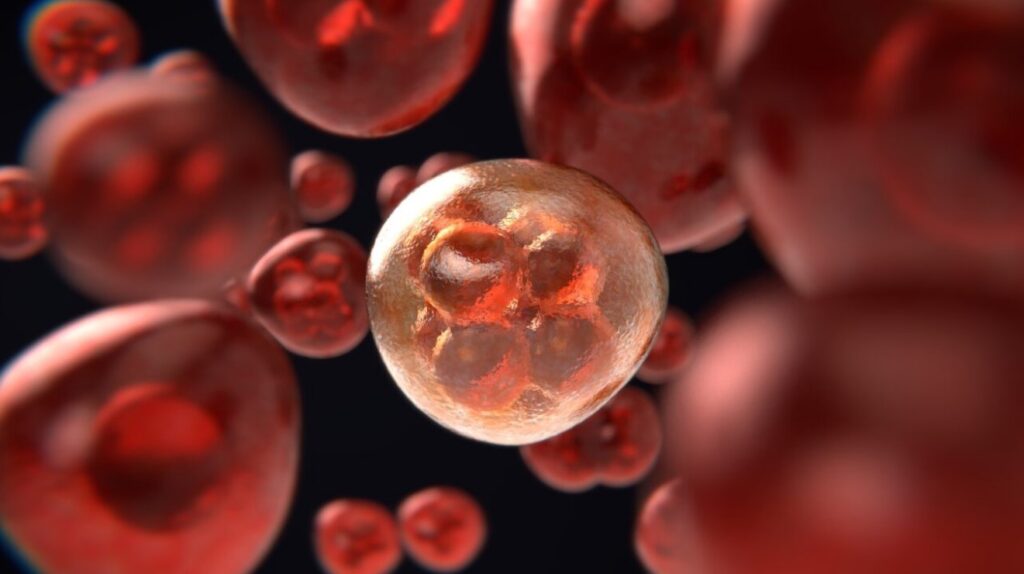by Rosanne Lindsay, Activist Post:

Over 260 Covid-19 Tests Formerly Approved for Emergency Use Have Been Recalled by FDA Due to Serious Problems or Company Failing to Providing Proper Documentation to Meet Testing Minimum Standards – FDA FAQs
Just when you thought you understood science, science changes the rules.
Yesterday, viruses had been responsible for infectious disease. The virus was known as a “contagion.” Today, The American Cancer Society says that viruses cause cancer.
In the Covidian Age, anything goes.
TRUTH LIVES on at https://sgtreport.tv/
 So blame it all on a virus! A virus is too small to notice, even with a microscope. And why would anyone question the wisdom of the experts, the only ones who claim to see these viruses?
So blame it all on a virus! A virus is too small to notice, even with a microscope. And why would anyone question the wisdom of the experts, the only ones who claim to see these viruses?
Scientists claim that both DNA and RNA viruses have been shown to be capable of causing cancer in humans.
What virus? Where?
Previously, a virus could not survive outside a cell.
That’s because a virus is a particle, not an organism. It must use a cell’s organelles to function and survive.
If a virus cannot escape a living cell alive, then how does a virus spread disease? How does a virus cause cancer?
A wild virus would first need to be isolated and identified.
But that only happens in theory.
What is a Virus?
According to scientific consensus, a virus is an obligate intracellular pathogen. That means a virus is obligated to live forever within the confines of a cell membrane, its prison cell.
Viruses do not have enzymes required to reproduce. They do not have reproductive organs or a nervous system. They do not have a brain or a heart. Only inside a cell are viruses capable of replicating, which can eventually kill the cell. Then, they, too, die. Thus, a virus is completely dependent on the cell’s envelope for its survival.
 There is another way to appreciate the virus, in a positive light, as an exosome.
There is another way to appreciate the virus, in a positive light, as an exosome.
Exosomes are “naturally‐occurring particles.” They arise, organically, within cells for self-cleaning and communication.
According to a 2017 article in the journal Cell Adhesion and Migration, exosomes are “recognized as important mediators for cell-to-cell communication in many physiological and pathological situations, including immune response, cancer progression and metastasis, neuronal communication, cardiovascular diseases and progression of neurodegenerative diseases.”
No matter what you call them, viruses or exosomes, they cannot be isolated due to contamination issues.
In the paper titled, Is Complete Purification/Isolation of a “Virus” Even Possible? the medical literature summarizes the challenges of purification and isolation:
- In order to claim a particular particle is a “virus” and can cause the symptoms of disease associated with it, logic dictates that it must be completely separated from all other potential variables/factors in order to prove that particular particle is indeed the cause of disease. This is the only logical way to show that no other particles in the sample could have been the cause of disease and in the case of genomics, that the DNA/RNA sequences belongs to only that particular particle which is believed to be a “virus.”
- Viruses” are considered exosomes in every sense of the word as they are identical in size, shape, and appearance.
- Exosome isolation remains a challenge for biomedical research. There is still no consensus over which purification technique produces the best results.
- There is no methodology providing enough robustness regarding purification yield, selectivity, and reproducibility.
- Contamination from other vesicles, molecules or particles that overlap is expected.
- The main difference is that exosome research regularly attempts purification using one or multiple methods whereas Virology does not…. the methods discussed all suffer from contamination from other particles.
This begs the question: Did coronavirus ever exist?
No Proof Of Coronavirus
 In 2020, while the media spread rumor and innuendo about a viral threat killing scores of people in every part of the world, a July 2021 CDC documents sailed under the radar.
In 2020, while the media spread rumor and innuendo about a viral threat killing scores of people in every part of the world, a July 2021 CDC documents sailed under the radar.
The CDC admitted that Coronavirus has not been isolated. See page 41. This assertion has not been updated to suggest otherwise.
Since no quantified virus isolates of the 2019-nCoV were available for CDC use at the time the test was developed and this study conducted, assays designed for detection of the 2019-nCoV RNA were tested with characterized stocks of in vitro transcribed full length RNA (N gene; GenBank accession: MN908947.2) of known titer (RNA copies/µL) spiked into a diluent consisting of a suspension of human A549 cells and viral transport medium (VTM) to mimic clinical specimen.
Before anyone could question the validity of the virus, the PCR test kits were rolled out to offer proof of the supposed “coronavirus.” Meanwhile, the inventor of the PCR test in 1983, Kary Mullis, claimed that the PCR test is NOT to be used as a diagnostic test.



